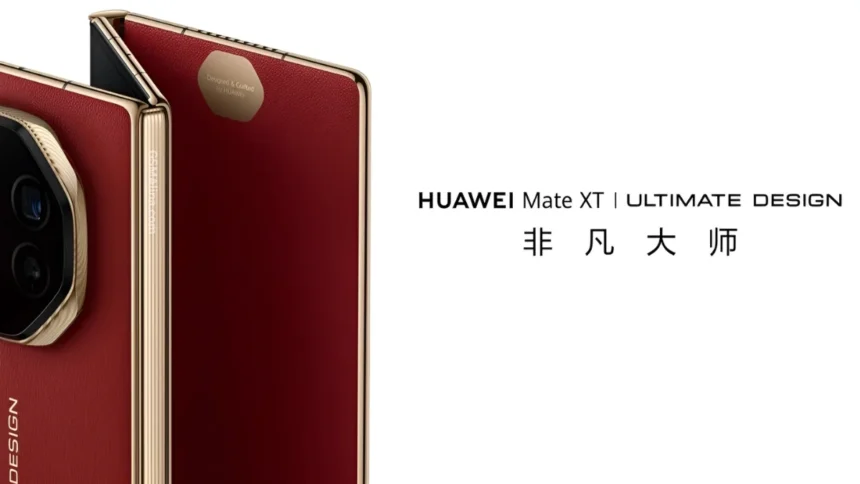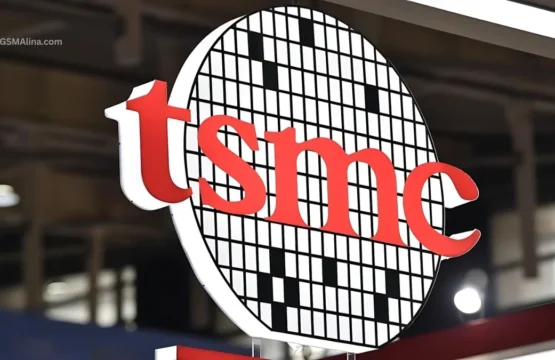You don’t have to be a Huawei enthusiast to recognize that the Chinese company has made significant efforts to regain its relevance in the global smartphone market. Kirin Chipset Remember, Huawei was once among the top contenders alongside Samsung and Apple and was close to becoming the leading smartphone manufacturer in the world.
This ambition was nearly realized until the U.S. placed Huawei on the entity list in 2019, citing national security concerns. Being on this list restricted Huawei’s access to its U.S. supply chain, and as a consequence, the company had to create its own operating system in the absence of Google.
HarmonyOS Next, the most recent version of Huawei’s operating system, is entirely independent of Android and features native apps developed by Huawei, which are integral to the company’s thriving ecosystem.
Huawei was added to the entity list, and exactly one year later, it lost the ability to acquire cutting-edge 5G chips.
One year after being added to the entity list, the U.S. Commerce Department implemented a rule change that prohibits foundries using American technology from exporting advanced chips to Huawei. As a result, without access to Android, Google services, and its own 5G chipsets, Huawei ceased to pose a significant threat to Samsung and Apple, relying instead on 4G Snapdragon application processors for its P50, Mate 50, and P60 flagship devices.

However, the situation shifted in August 2023 when Huawei launched the Mate 60 series.
This marked the first time since the Mate 40 series in 2020 that Huawei introduced a phone powered by its own Kirin Chipset 9000s chipset, which was manufactured by China’s largest foundry, SMIC, utilizing its 7nm technology.
The Kirin Chipset 9000s included 5G capabilities, and the release of the Mate 60 series sparked a wave of nationalism in China, despite the fact that the chipset was two generations behind those used by other leading smartphone brands. Huawei not only leads the premium smartphone market in China but is also preparing to expand into global markets, according to a recent report.
However, the company faces challenges due to its entity list status, which restricts it from incorporating Google services on its devices, hindering its global market ambitions. Nevertheless, Huawei’s own app store provides a sufficient number of applications to serve as a viable alternative to the Google Play Store on Android.
The absence of a crucial semiconductor manufacturing tool is preventing Huawei’s Kirin Chipset AP chips from keeping pace with their competitors.
According to reports, Huawei is aiming to expand into 60 countries, with one source mentioning that the company’s latest foldable device, the Mate X6, was showcased outside of China in locations like Dubai, Kuala Lumpur, and Hong Kong.
The main obstacle preventing Huawei from regaining its former prominence, as seen before the U.S. imposed restrictions on the company, is its inability to source 3nm chips.
Although SMIC is the third largest foundry globally, following TSMC and Samsung Foundry, it lacks access to the extreme ultraviolet (EUV) lithography machines essential for producing chips with a node smaller than 7nm. Unless a Chinese company develops an alternative EUV technology, Huawei may struggle to compete with its rivals in terms of device performance and energy efficiency.
Nevertheless, Huawei’s mobile ecosystem, coupled with its capacity for innovation despite significant challenges, may enable the company to continue its resurgence by introducing its phone lineup, including the tri-fold Mate XT, to other nations.
However, it is unlikely that U.S. carriers will embrace Huawei, as relations have soured in the past. The last Huawei phone officially sold in the United States was the Mate 30 Pro, launched in 2019. Instead, you may see Huawei making strides in 60 international markets where its presence is welcomed rather than restricted or rejected.


















[…] More Apple Misses Opportunity to Attract More iPhone Users January 20, 2025 Huawei Plans Global Comeback with Kirin Chipset, HarmonyOS Next January 19, 2025 […]